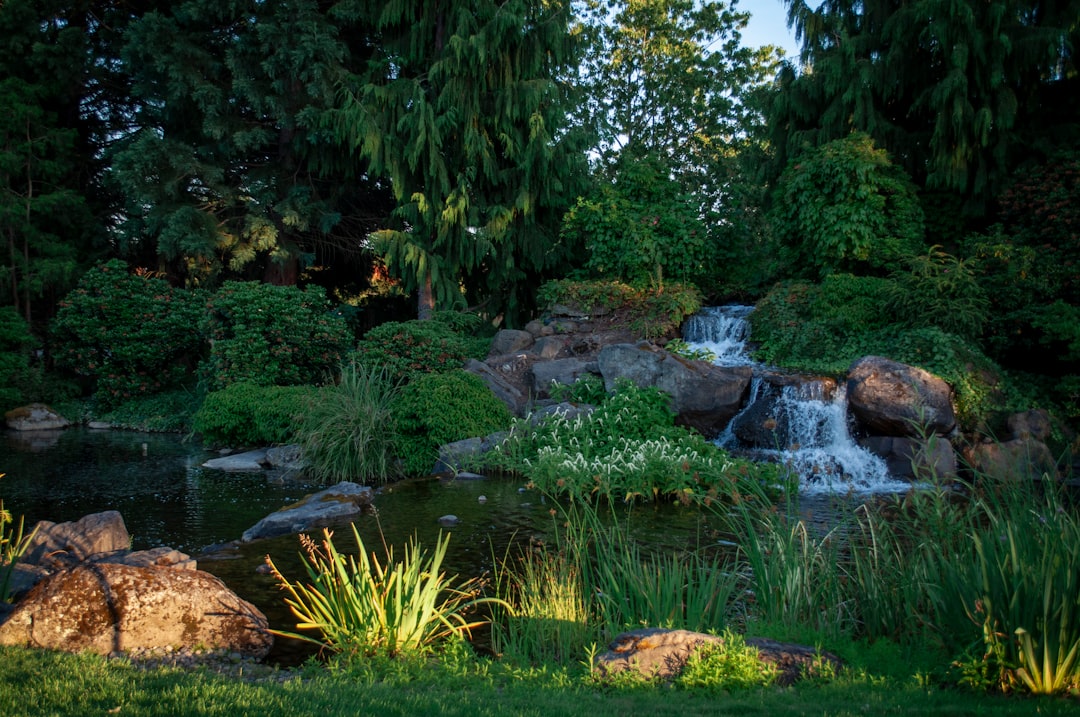In today’s rapidly changing world, the challenge of creating sustainable, resilient, and livable spaces has never been more critical. Ecological design offers a powerful framework by drawing on the time-tested wisdom of natural patterns and systems. This approach not only informs how we build and live but also encourages a harmonious relationship between human habitats and the environment.
The Wisdom of Natural Patterns
Observing Nature’s Blueprint
Natural ecosystems operate on principles that have evolved over millions of years. From the branching of trees to the network of mycelium underground, every element plays a role in maintaining balance and resilience. By observing these patterns, architects, urban planners, and designers can unlock innovative solutions that work with nature, rather than against it.
Key Natural Patterns
-
Fractal Geometry: Many natural forms exhibit fractal patterns—self-repeating structures at various scales. Recognizing fractals in nature can inspire designs that are scalable, efficient, and aesthetically pleasing.
-
Interconnectivity: Ecosystems are intricate networks where every species and process is interconnected. This understanding encourages us to design human habitats that foster strong community bonds and integrated systems.
-
Resilience and Adaptation: Natural systems are inherently resilient; they absorb shocks, adapt to change, and maintain equilibrium. Learning from these adaptive strategies can lead to designs that are better equipped to handle environmental and social challenges.
Ecological Design in Practice
Designing for Sustainability
Ecological design aims to create spaces that are sustainable, energy-efficient, and regenerative. This involves thoughtful planning that takes into account local climates, ecosystems, and available resources.
-
Passive Solar Design: Just as plants orient their leaves toward the sun for optimal energy capture, buildings can be designed with passive solar principles. By aligning windows, walls, and roof structures to capture natural light and heat, energy consumption can be significantly reduced.
-
Green Infrastructure: Integrating elements like green roofs, living walls, and urban forests into our cities mimics the natural process of recycling nutrients. These features improve air quality, manage stormwater, and enhance urban biodiversity.
-
Water Management: Inspired by the way nature captures, stores, and reuses water, modern design often incorporates rainwater harvesting, permeable pavements, and constructed wetlands to manage water resources efficiently.
Human-Centric Ecological Systems
Beyond the physical structures, ecological design is about creating systems that promote human well-being, social interaction, and community resilience.
-
Mixed-Use Developments: Similar to diverse ecosystems, mixed-use neighborhoods combine residential, commercial, and recreational spaces. This not only reduces the need for long commutes but also creates vibrant communities where resources are shared and systems interconnect.
-
Biophilic Design: This design approach integrates natural elements into living spaces. Incorporating natural light, organic materials, and indoor greenery can boost mental health, reduce stress, and create a stronger bond between inhabitants and their environment.
-
Community Gardens and Urban Agriculture: By turning vacant lots and rooftops into gardens, communities can create local food sources, promote sustainable practices, and strengthen local economies while echoing the natural cycle of growth and renewal.
Real-World Applications
Case Study: The Eco-Village Movement
Eco-villages around the world embody the principles of ecological design by fostering communities that work in harmony with nature. These communities are often designed with energy-efficient buildings, shared resources, and sustainable food systems. In places like Auroville in India or the Findhorn Foundation in Scotland, residents collaborate to create a model of living that is regenerative, self-sufficient, and deeply connected to natural systems.
Urban Transformation: Greening the City
Cities are increasingly embracing ecological design to address urban challenges. For instance, Copenhagen’s innovative urban planning integrates cycling infrastructure, extensive green spaces, and water management systems inspired by natural water cycles. Such initiatives not only reduce environmental footprints but also enhance the quality of life for urban residents.
The Future of Human Habitats
As we face global challenges—from climate change to urban sprawl—the lessons embedded in natural patterns and systems become even more essential. Ecological design offers a blueprint for the future that champions sustainability, resilience, and harmony with the natural world. By rethinking how we build and organize our living spaces, we can create environments that nurture both human potential and the ecosystems that support us.
Embracing ecological design is not just about aesthetics or efficiency—it’s a call to realign our living habits with the rhythms of nature. As designers, planners, and citizens, we have the opportunity to build habitats that reflect the balance and resilience of the natural world, ensuring a sustainable future for generations to come.
By understanding and applying the principles of natural patterns and systems, we move closer to a world where our built environment coexists seamlessly with nature—a world that is both innovative and profoundly respectful of the ecological wisdom that surrounds us.

Comments
No comments yet. Be the first to comment!
You must be logged in to comment. Login